South American Plate: Tectonic Boundary and Movement
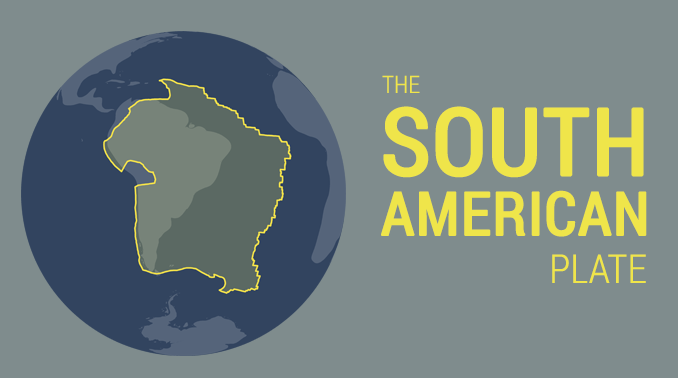
South American Plate
The South American Plate is the smallest plate tectonic, right after the Indo-Australian Plate.
It interacts with Nazca Plate on the west side of the continent generating some of the most powerful earthquakes in history, such as the Valdivia earthquake.
Plate tectonics are never idle.
For example, the South American Plate moves at an average rate of about 3 centimeters per year. That’s about how fast your nails grow each year.
The South American Plate is the smallest major plate
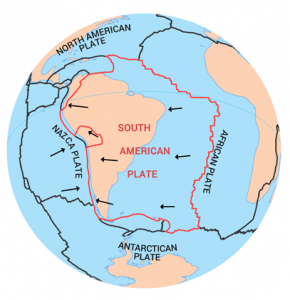
The South American Plate is a major plate that includes the continent of South America and a large portion of the Atlantic Ocean.
On the west side of South America, it experiences devastating earthquakes due to the convergent plate tectonic boundaries.
But the eastern edge lies in the Atlantic Ocean at a divergent plate boundary. Along the African Plate boundary, these two plate boundaries pull apart from each other. This diverging plate motion creates some of the youngest oceanic crusts on the planet.
At about 43,600,000 km2 in size, it’s the smallest major plate on Earth.
The Nazca and South American plate interactions
For people who reside in South America, it’s very likely that you sit on the South American Plate. For example, countries include:
- Brazil, Argentina, Bolivia, Paraguay, Peru, and Uruguay.
- The Nazca Plate straddles the west coast of South America.
- The South American Plate also contains a large portion of the Atlantic Ocean on the east coast.
The Nazca Plate is moving eastwards towards the South American Plate. This interaction between both plates is largely responsible for constructing the Andes Mountains.
Also, this subduction zone generates enormous earthquakes. For example, a 9.5 magnitude shook Chile in 1960 called the Valdivia earthquake. This was the largest earthquake ever recorded in Earth’s history which lasted 10 minutes in length.
South American Plate
The South American Plate is one of Earth’s major tectonic plates, covering a significant portion of the continent of South America and extending offshore into the Atlantic Ocean.
This tectonic plate interacts with the neighboring Nazca Plate to the west, the African Plate to the east, and the Antarctic Plate to the south.
These interactions lead to various geological features and phenomena, including the Andes mountain range and volcanic activity along the Pacific Ring of Fire.
And if you have any questions or feedback, please use the comment form below to let us know what is on your mind.

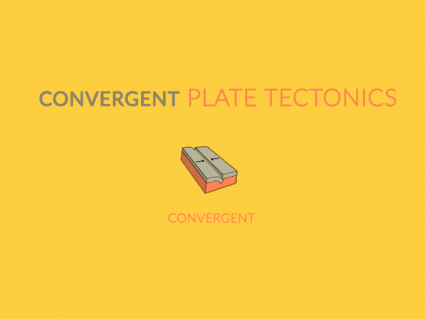
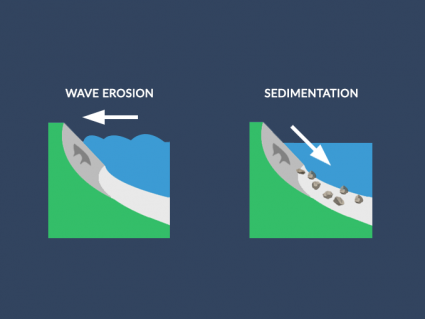
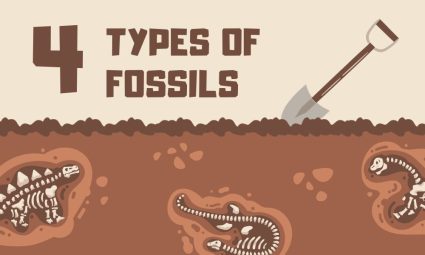
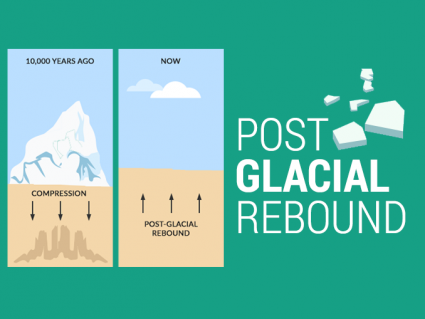
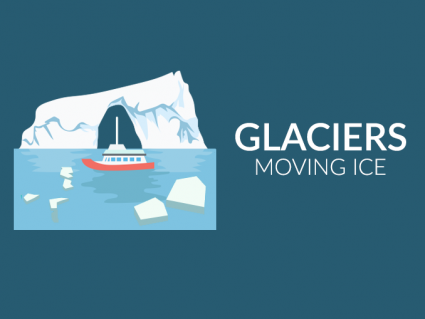
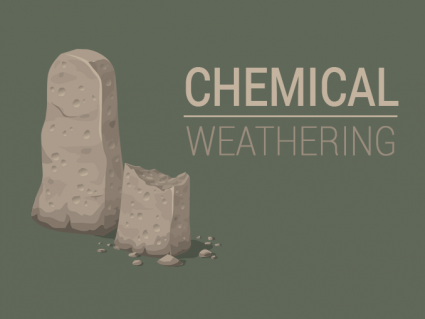
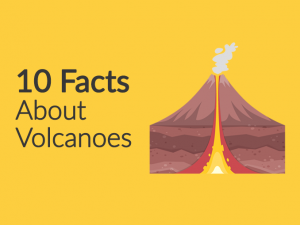
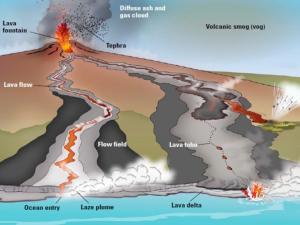
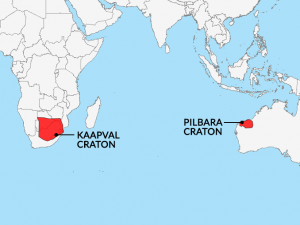
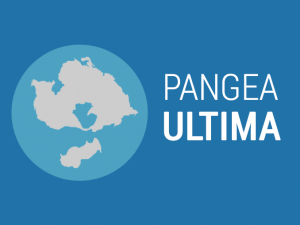
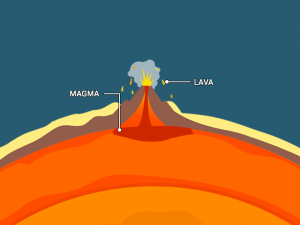
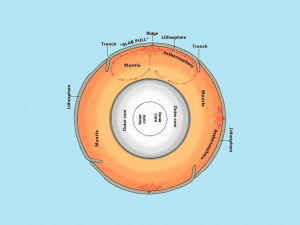
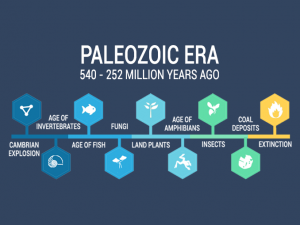
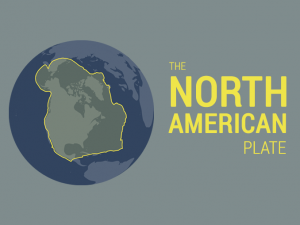
Next time talk about which way the plate moves (North, East, South, West)
This is how to cite – https://earthhow.com/how-to-cite/
who is this artical written by?